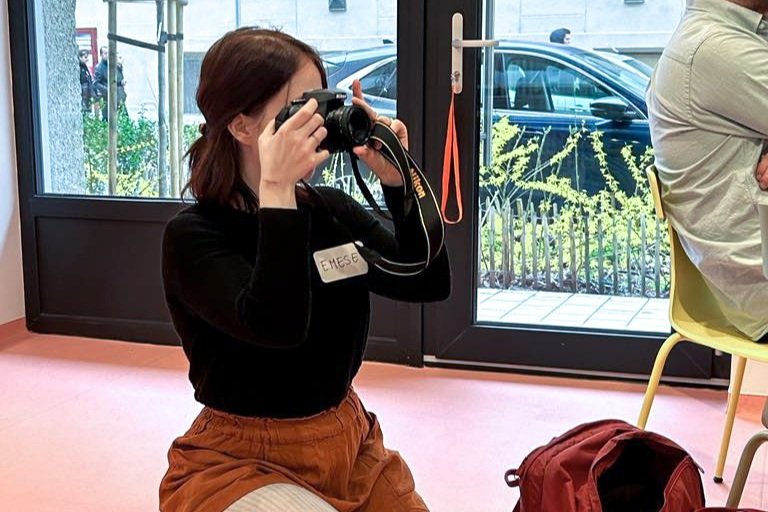Design-driven projects begin with project-focused research and evolves with research-driven design
It’s adaptable, flexible, and research-based, ensuring relevant and impactful interventions/solutions.
I apply tools that provides the foundation across Strategic, Service, Product Design, and Design Research. While each discipline has its focus, the shared foundations of research, facilitation, and visual design allow me to tailor solutions to the unique needs of each project.
-
Research
Understanding Users & Context
User-Centered & Mixed Methods
Combining qualitative and quantitative methods to gather comprehensive insights.Insight Synthesis
Turning data into actionable insights that guide decision-making.Feedback & Iteration
Collecting feedback from users or stakeholders to refine and improve solutions, adapting the process based on available resources
-
Facilitation
Aligning Perspectives for Collective Ownership
Collaborative Workshops
Empowering diverse teams to take ownership through facilitated decision-making, ensuring all voices are heard and included.Rapid Prototyping
Rapidly testing and iterating on ideas, whether through quick sketches, mockups, or more detailed prototypes, depending on project constraints.
-
Visual Design
More Than Aesthetics—A Tool for Communication
Conceptualization
Turning abstract ideas into visual concepts, making them easily comprehensible for people to work with.Interaction & Identity
Creating designs and strong visual identities that communicate effectively and evoke or express emotions as intended.
The process you can expect
The design process
-
Goal: Frame the problem, unify the team, and establish research objectives.
What to Expect: Workshops where the key here is understanding goals, identifying any hidden agendas, and setting a clear project and research outline. Ensuring everyone is on the same page from the start helps to keep the tam motivated during the project and fosters ownership-mindset.
-
Goal: Gather and analyze relevant data, literature and industry practices.
What to Expect: Systematically gathering data from various sources, including academic journals, user insights, and market analysis, user interviews, focus group sessions, in the manner of comprehensive and reliable data collection. The insights gained from this research will inform fundamentally the project.
-
Goal: Visualize insights, interactions, and research findings.
What to Expect: Making sure that the data and insights are accessible and easy to work with in collaborative settings. It serves as a foundation for understanding the current state and identifying areas for improvement with the team.
-
Goal: Define value-adding changes based on research insights.
What to Expect: Generating creative ideas and concepts that can be developed into tangible designs. This stage often involves brainstorming sessions, sketching, and creating prototypes.









